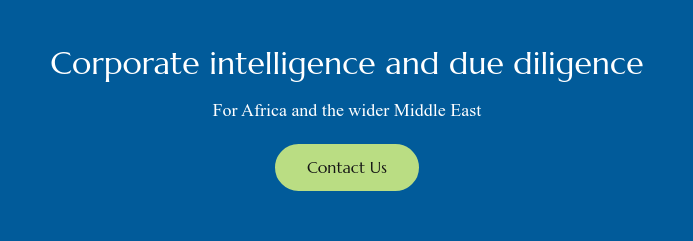How entity data can help you meet regulatory requirements: why it matters and where to start
Read moreOver-Stated? The prevalence of State ownership in the MENA region
The rise of sovereign wealth funds (SWFs) in the Gulf and the wider MENA region has drawn attention to the significant role that governments play in regional economies via State-Owned Enterprises (SOEs). The reasons for this tap into the historical roots of many of these countries; in Gulf states such as Saudi Arabia and the UAE it is linked to the process of nation-building itself, when government ownership of natural resources and the financing of infrastructure development was a way of establishing legitimacy, building consent and ultimately securing the stability of newly-founded nation states. In other parts of the Arab world such as Algeria and Egypt where socialist models of politics prevailed during the 1960s and 70s, it was seen as entirely right that the State should take an interventionist role in many areas of the economy.
This also helps to explain why the role of governments has not diminished in recent years, via privatisations for instance, as has happened in other developed economies. Indeed the idea of privatisation has often met with popular resistance in the MENA region due primarily to the fear of job losses, reflecting a widely-held notion that the role of a government (and by extension its SOEs) should be an employer of last resort for its citizens. Such resistance may also stem from within government, where certain SOEs are under the control of individual ministries or factional elements within an administration, and accountability is not always clear. This contributes to the perception of a lack of transparency around SOEs which has been written about elsewhere.1
Perhaps most importantly, the use of SOEs as a means of furthering development and projecting soft power should not be underestimated. It is no coincidence that when the UAE and Saudi Arabia wanted to develop their capital markets, SOEs were among the first to be partially floated and in fact the majority of companies listed on those exchanges remain at least minority-owned by governments. When it comes to using SOEs as part of a strategic agenda, we need only look as far as SWFs as they seek to make not only sound financial investments but ones which directly contribute to a country’s economic and political position. The best example of this is Saudi Arabia’s Public Investment Fund and its interests in US technology companies as a way of enabling the Kingdom to lessen its reliance on oil income and move towards a future digital- and services-based economy.
Risks and opportunities
As an investor, partner or supplier, engaging with an entity that is directly or indirectly owned by one or more governments comes with a number of risks and opportunities. In some instances there is little choice if an SOE dominates an industry landscape – as is the case with strategic sectors such as oil & gas (Saudi Aramco in KSA, Sonelgaz in Algeria, Qatar Petroleum etc.), telecoms or defence. The massive spending power and access to the market that SOEs promise need to be tempered with an expectation that procurement processes may not be in line with international norms, the possibility of having to engage with political appointees, or the lack of a level playing field for international companies versus local suppliers, for example. Either way, the knowledge of how that government ownership is exercised, and the decision makers involved within each entity, is crucial.
It would be a mistake to always associate SOEs with sub-par performance, cumbersome bureaucracy, and slow decision-making. Some of the most successful and dynamic companies in the region over the last 10 years are government-owned to varying degrees; SOEs such as Emaar, RAK Ceramics and Emirates Airline in the UAE, SABIC and Saudi Telecom in KSA are among the best known and most admired companies in the region. However, it is important to recognise the role that a government (sometimes multiple governments) play in these economies, to have the ability to identify how that ownership plays out, and to adjust your risk control measures accordingly.
Diligencia has mapped approx. 7,500 entities that are directly or indirectly owned by regional governments across its online platform www.ClarifiedBy.com. More details can be found at our State-Owned Enterprises page.
FOOTNOTES

